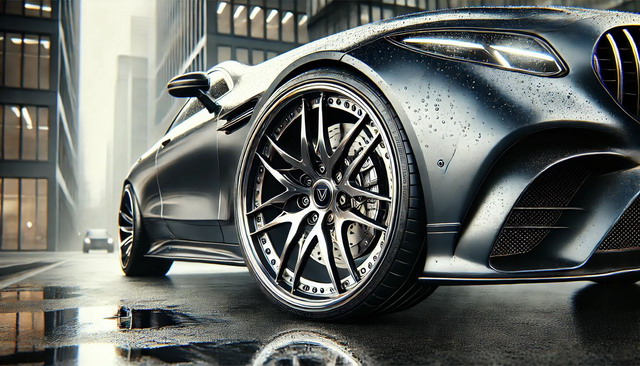Chassis stiffening
Last Updated on July 22, 2024 by Mutiara
Chassis stiffening can help improve ride quality and handling. The energy transferred from the wheels goes into the suspension of the car, and then comes back out as rebound, or is absorbed by the dampers. The problem is that the suspension is bolted to the frame/body, and that frame/body does not have an infinite strength so it yields. This means that instead of going into the suspension and absorbed or pushed back to the ground, it is being absorbed by the body and ultimately the driver.
With a more rigid body, less of the energy is transferred to the driver, and it is shown that a slightly softer suspension can be used to get the same results on the car.
There are compromises though. Chassis stiffening adds weight. Although it may not be a lot compared to a roll cage, some of the improvements listed below can result in an extra 100-150lbs when performed together. The heavier the car, the more weight transfer that is going to take place and the tighter suspension components that are needed to compensate will reduce or negate the benefits of being able to go to a softer suspension. The weight added is all below the original center of gravity however, so it essentially lowers the center of gravity without affecting suspension geometry as lowering does.
Stiffening techniques
A lot of the following improvements are available as aftermarket parts only for certain cars, and most will require custom fabrication to achieve.
- Frame rail braces/butterfly brace. Proven design that stiffens up the chassis by closing the transmission/exhaust box, linking both bottom sides of the chassis together. An example would be the flyinmiata.com built product made out of stainless steel, pictured below.
- Re-welding unibody pieces. Could be performed to the inside of the car. While the idea of running full beads might be attractive, the problem with that is the weakening of metal by becoming more brittle from the heat effected areas, possibly leading to failure. A proper way to do this would be to run segmets of beads, covering 50% of the metal mating areas. Also, the car has to flex a little. It wants to and ultimately can’t be stopped from happening, therefore there is a possibility that some of the seams will end up cracking anyways.
- Foam frame rail and body filling. Adding 8 to 16 lb / cu ft foam in the frame rails will reduce flex and increase strength. Filling the A/B Pillars and body “crumple zones” will also increase stiffness and provide excellent sound deadening. However certain areas of the car are designed to crumble during the accident, and making them stiffer will transfer more energy into the driver and other objects inside the car instead of letting the car chassis absorb it.
- Strut tower bars. Although claimed by some to not make a difference, an excellent writeup aboutstrut bars points out potential importance and benefits. A very debatable topic.
- Subframe braces and reinforced suspension member arms. Tying the lateral links together supposedly improves handling/strength by keeping the rear suspension in-line when cornering. Existing members can also be improved by welding braces onto them. And example of such product exists for the Subaru WRX, available from rallysportdirect.com, and pictured below:


